Celebrating ASEAN’s 50th Anniversary: Attainments and Shortcomings of Southeast Asian Regionalism
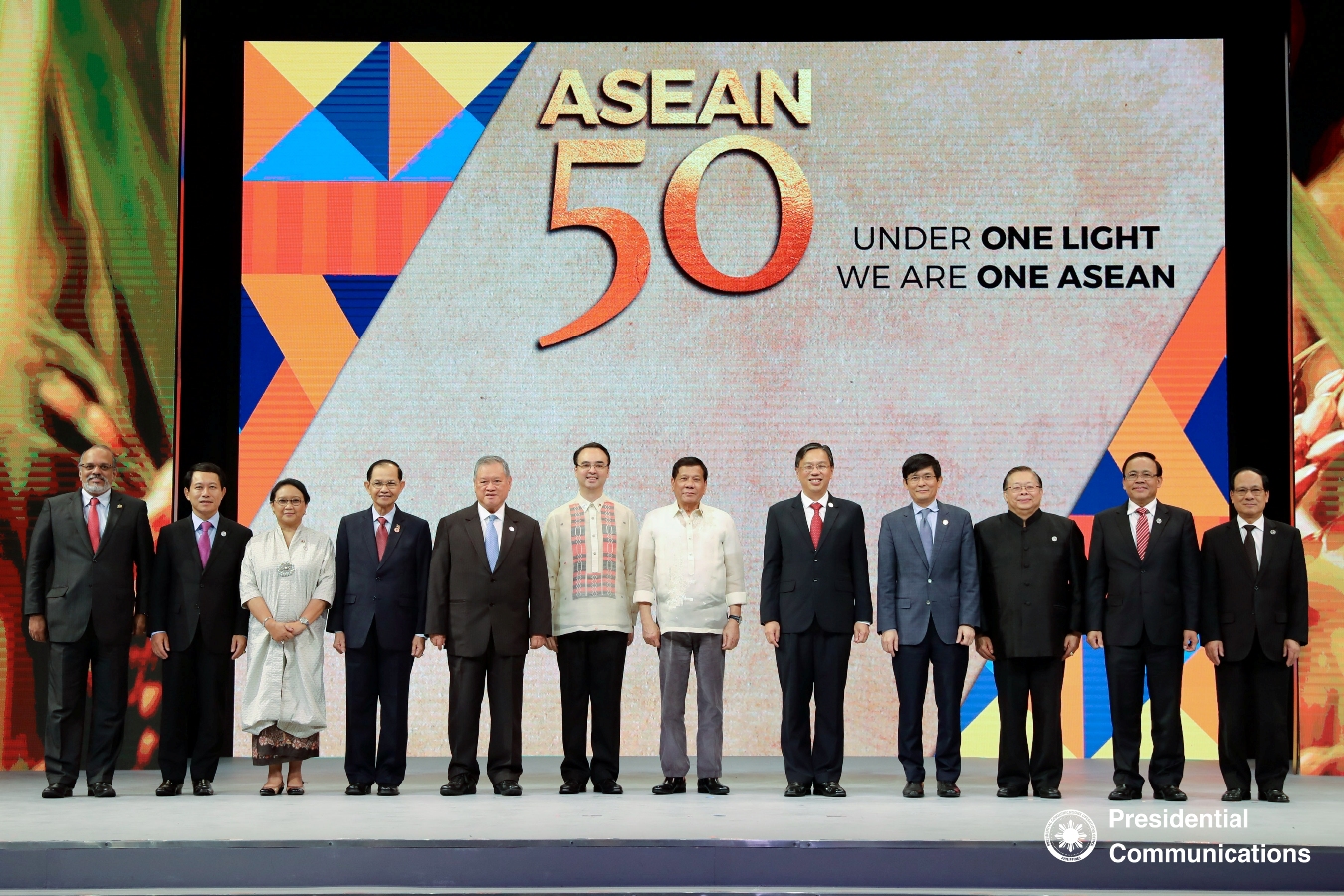 ASEAN Foreign Ministers and President Rodrigo Duterte in Manila in August 2017. https://tinyurl.com/y9pzmbwz
ASEAN Foreign Ministers and President Rodrigo Duterte in Manila in August 2017. https://tinyurl.com/y9pzmbwz
Founded in Bangkok in 1967, the Association of Southeast Asian Nations (ASEAN) celebrates its 50th anniversary this year. The Southeast Asia Lectures Series organized a conference on 30 November 2017 at McGill University to use this 50th anniversary as a platform to discuss not only the achievements and shortcomings of the organization in itself, but also broader dynamics in the Southeast Asian region. ASEAN is composed of ten member-states in the Southeast Asian region: Brunei, Cambodia, Indonesia, Laos, Malaysia, Myanmar, the Philippines, Singapore, Thailand, and Vietnam.
The ASEAN@50 conference brought both Canadian and Southeast Asian diplomats as well as academics of the region to the table. In the morning, a first panel chaired by Professor Erik M. Kuhonta (McGill University) examined ASEAN-Canada Relations. After a Filipino lunch, a second panel chaired by Professor T.V. Paul (McGill University) explored the Politics, Economy, and Civil Society in ASEAN.
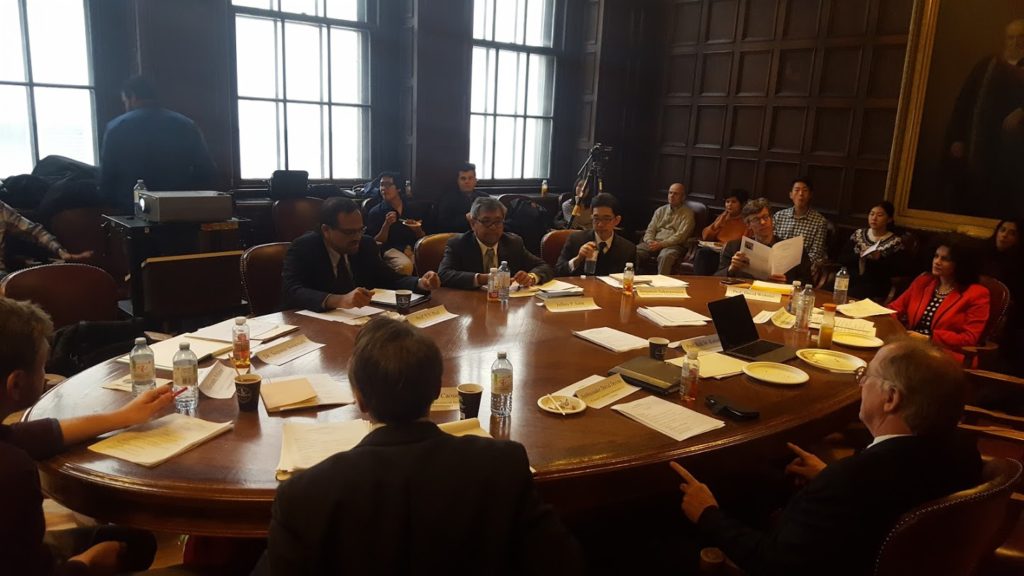
ASEAN-Canada relations
“If there is one word to characterize Canada-ASEAN relations, it would be ‘inconsistency’,” declared Professor Richard Stubbs (McMaster University). While Canada-ASEAN relations reached a high point during the Clark-Mulroney years from 1984 to 1991, the Martin-Chrétien years that followed featured a clear retrenchment in favour of engagement with China. The Harper years consisted in picking up and weaving together the loosened threads of cooperation with the Southeast Asian organization. Indeed, although Canada had been a Dialogue Partner with ASEAN since 1977, it only appointed its first Ambassador to ASEAN in 2009 and acceded to the Treaty of Amity and Cooperation in Southeast Asia in 2010. With accession to the Treaty of Amity, the ASEAN-Canada Plan of Action for 2016-2020 was adopted; it aimed to implement the 2009 Joint Declaration on the ASEAN-Canada Enhanced Partnership. Upon its accession to power in 2015, the Liberal government of Justin Trudeau fostered much hope for deeper ASEAN-Canada relations. Nevertheless, Foreign Affairs Minister Chrystia Freeland’s address to Parliament on 6 June 2017 generated much disappointment, as her speech showed that the Liberals’ foreign policy would focus overwhelmingly on the U.S. and Europe rather than Asia.
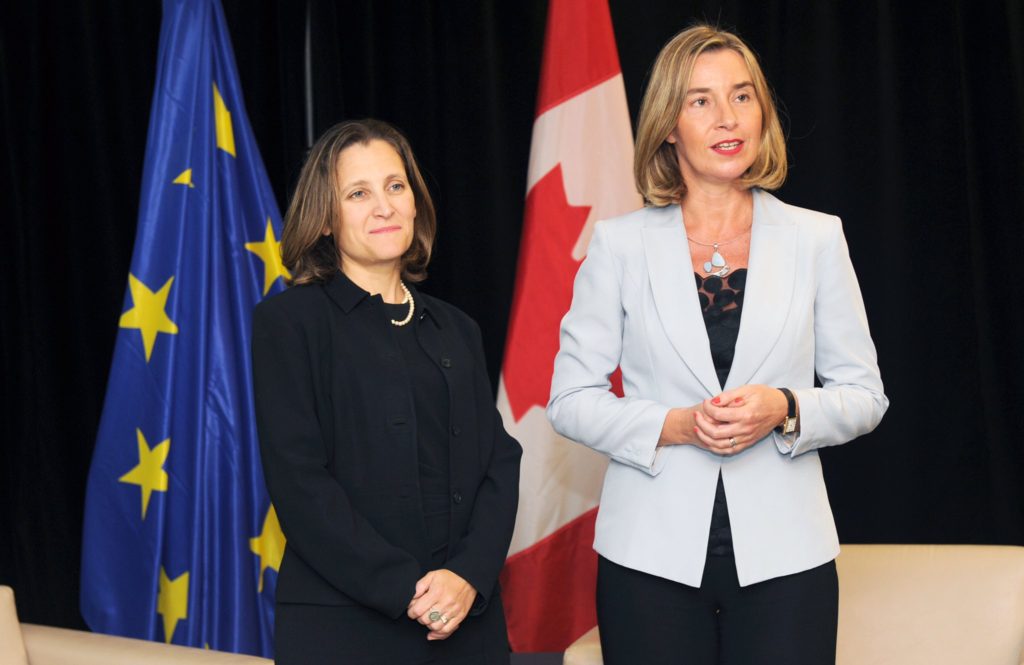
In fact, Canada lacks an Asia strategy, and in particular, an Indo-Pacific strategy, says Professor Stubbs. Canada is indeed the only ASEAN Dialogue Partner that has not joined the East Asian Summit. Canada’s lack of Asian and Indo-Pacific strategies is particularly regrettable considering the natural compatibility of ASEAN and Canada. Their resolute engagement to multilateralism and a rules-based international order, their entrepreneurial leadership in the global society of states, their good relations with the U.S., and finally their educational opportunities all point to a natural alliance that need only be strengthened by further and deeper formal commitments.
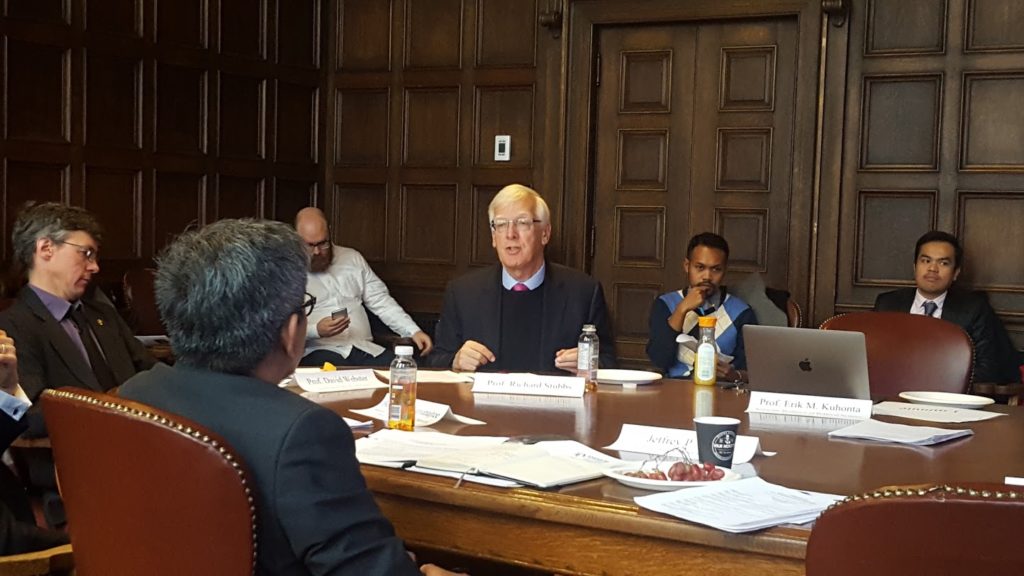
However, Professor Stubbs insisted one should not reduce the inconsistency and unpredictability of the ASEAN-Canada relationship to Canadian politicians’ idiosyncratic engagement with the region. There are three structural issues at play in the ASEAN-Canada relationship. First, distance remains a problem for cooperation, in spite of the technological advances of our time. Second, both parties must develop and maintain relations with partners of greater political and economic significance: for ASEAN, the U.S and the E.U. are given precedence over Canada, while for Canada, China, Japan, and South Korea are of greater priority than ASEAN. To David Devine (former Canadian Ambassador to Vietnam), this is evident not only in Canada’s mild engagement with the region, but also in ASEAN’s own mild engagement with Canada. Indeed, Canada’s Dialogue Partner in ASEAN is Singapore, and Singapore does not have an embassy in Canada; as such, “a moratorium on dialogue with Canada has been placed by ASEAN as well,” declared Ambassador Devine. Third and last, there is tension between Canadian liberal values and ASEAN’s primary interests in peace, security, and prosperity.
On this last point, Professor Webster stressed that the diversity and multiplicity of Canadian and Southeast Asian discourses on human rights should not be reduced to a single clashing dichotomy. Nevertheless, it remains true that Canada’s emphasis on human rights as a central foreign policy element – the irony of which none can fail to detect – and in particular, its steadfast support for Responsibility to Protect (R2P) on the international scene, may be difficult to concile with ASEAN’s foundational and immovable commitment to norms of sovereignty and non-interference.
Beyond ASEAN-Canada government-to-government relations, the panel also extensively discussed the reality and implications of people-to-people relations. As Professor Webster emphasized, perhaps ASEAN-Canada relations have historically developed in a more thorough fashion through their non-governmental component, at the level of civil society. In Indonesia for example, NGOs focused on human rights advocacy, farmer advocacy, environmental advocacy, and legal aid have been an active locale for enhanced Canadian engagement with Southeast Asian dynamics since the 1990s. This positive development might however be under threat as the Canadian government changes the nature of its relationship to the region, from aid to trade-promotion.
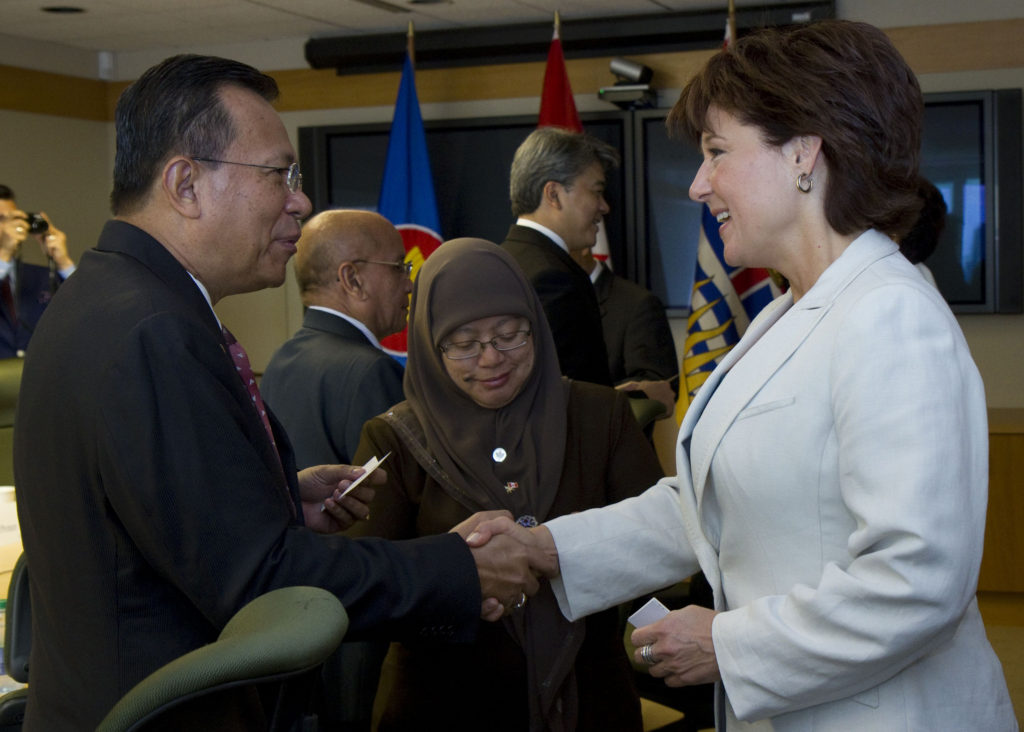
Politics, Economy, and Civil Society in ASEAN
As Ambassador David Devine remarked, it is not insignificant that the social contract of ASEAN member-states, and in particular the Vietnamese social contract, is characterized primarily by the governmental provision of economic performance and a social safety net on the one hand, and on the other by the population’s non-interference in political matters. A parallel can perhaps be drawn with ASEAN’s own social contract, characterized by the organization’s contributions to regional peace and stability as well as its promotion of economic development on the one hand, and on the other by the inviolability of sovereignty and non-interference. As stressed by Professor Dominique Caouette, ASEAN is built on soft multilateralism, as opposed to the hard multilateralism that characterizes other regional arrangements such as the European Union for example.
Celebrating ASEAN’s 50th anniversary also implies celebrating 50 years of economic development in Southeast Asia. Indeed, as demonstrated by Dr. Supanai Sookmark (Carleton University), ASEAN has been able to generate a significant momentum for economic integration and trade liberalization among its membership, against the backdrop of favourable political settings, both domestically and globally. Trade integration and liberalization is perhaps the most advanced policy area in ASEAN: as tariff barriers continue to be significantly lowered, the protection of workers, consumers, and the environment is progressively addressed by ASEAN member states, with a particular effort to make economic regulations, standards, and non-tariff barriers in general increasingly transparent.
ASEAN should be particularly analysed in light of its “developmental regionalism,” said Dr. Sookmark, who referred not only to trade liberalization, but also to ASEAN members’ heavy emphasis on institutional capacity-building – an essential component of economic development in the region, considering the drastic disparities and inequalities that remain observable both within and among member states.
The extent of ASEAN’s impact on its members’ economic liberalization should, however, not be overstated. It is notable that strategic or politically-sensitive issues such as energy or ICT have been left out of trade liberalization negotiations. Furthermore, it is no secret that integration into the global economy might prime over intra-ASEAN integration for many of its member-states. Lastly, a key achievement for ASEAN would be to formally integrate banking and financial sectors, which have remained traditionally closed-off in the original ASEAN-5 (Indonesia, Malaysia, the Philippines, Singapore, and Thailand). As Dr. Sookmark remarked, financial integration inevitably confronts the inviolability of sovereignty in ASEAN, and may thus interrogate the nature, identity, and foundational principles of the organization in the future.
With the proliferation of Free Trade Agreements, not only between ASEAN and non-ASEAN members, but also between ASEAN members themselves, tension inevitably increases between bilateralism, regionalism, and multilateralism. Indeed, the rising numbers of international fora and focal points increase uncertainty and unpredictability, encourage forum-shopping (the strategic use of concurrent jurisdictions in dispute-settlement), and generally undermine multilateralism by strengthening the bargaining power of each and every player. Nevertheless, Professor Caouette argues that the rising number of bilateral agreements between ASEAN members may prove useful as a means to efficiently circumvent the regional collective action problem, as laboratories for innovation and leadership at the regional level, and as safety valves in the face of growing Chinese political and economic influence. Professor Stubbs rejoined Professor Caouette in singing the praises of minilateralism. He also pointed out that, “for ASEAN, ambiguity is not a problem. […] When [Westerners] think about ASEAN, [they] get exercised because things are not neat and ordered. This is not so much of a problem for Southeast Asians, [to whom] ambiguity is constructive.”
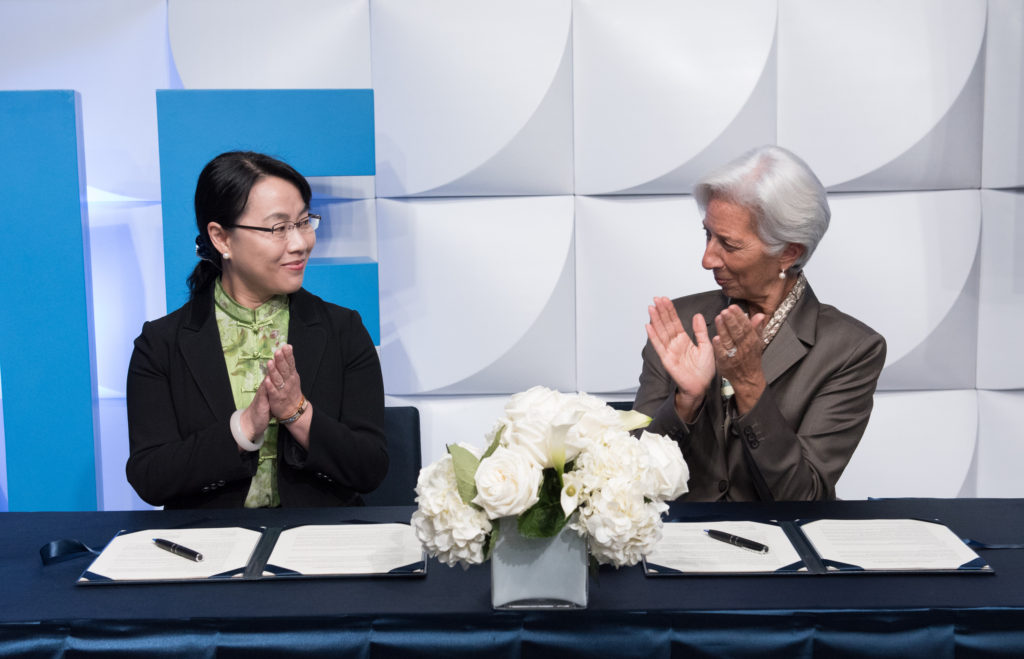
Professor Dominique Caouette (Université de Montréal) examined civil society engagement in ASEAN. Although “the current context [in ASEAN] is particularly difficult for civil society,” several factors have allowed for its development and densification since 1967, he argued. The proliferation of multilateral fora in the region, of which ASEAN is but one example, together with the emergence of new regional players (China, India, and Russia, as well as a series of transnational dynamics (illegal trafficking, religious fundamentalism), have generated a ‘coral reef effect’ for civil society engagement at the regional level.
There are two ways in which civil societies have developed domestically and regionally. First, regional forms of civil society engagement are more likely to emerge where governments are inimical to domestic civil societies; in these cases, ASEAN is used by civil societies as a means to circumvent domestic limitations and apply pressure to domestic governments. Second, regional civil society engagement emerges from the identification and mobilization of potential reformers and pressure points within the regional institutional structure and political process; in this case, ASEAN is used by a civil society network as a means to secure favourable outcomes for the region as a whole. Since the 2000s, ASEAN civil societies have built a strong focus on human security, thus working as a counter-hegemonic discourse to the region’s dominant security discourses, Professor Caouette argued.
Most recently, ASEAN’s response to the Rohingya crisis has shed light on some of the organization’s shortcomings, argued Alexandre Pelletier (University of Toronto). Although the Rohingya crisis is first and foremost a national crisis, there are several ways in which it has grown into a regional crisis. First, it has triggered significant migration dynamics and played into human trafficking patterns, involving not only Bangladesh, but also Thailand, Malaysia, and Indonesia. Second, it may foster communal tensions along similar religious lines in the region, and in particular in the southern Philippines and southern Thailand. Third and last, the crisis also provides a breeding ground for religious radicalization at a regional scale due to the recruitment of Rohingya refugees by fundamentalist organizations. The Rohingya crisis has thus grown into “an issue that concerns every single member of the ASEAN community, [an issue in which] ASEAN should step in and may have to step in,” argued Mr. Pelletier, although “so far, the response of ASEAN has been relatively mild, at least much milder than we thought it could be.”
Why has ASEAN not been able to step in? “ASEAN is powerless due to three different factors: there is a policy vacuum in Southeast Asia when it comes to refugee rights and politics, there are the norms of consensus and non-interference, and there is a lack of political will in ASEAN itself,” claims Mr. Pelletier. Indeed, there is little to no institutionalization of refugee rights and politics in Southeast Asia, at the international, regional, and national levels, so much so that, “for most Southeast Asian states, there is no such thing as a ‘refugee’; [Rohingyas] are ‘immigrants’ or ‘migrants’ at best, or they are ‘illegal immigrants’ most of the time.” By refusing to institutionalize refugee rights and politics, Southeast Asian states conveniently avoid the international obligations inherent to the legal definition of a ‘refugee.’
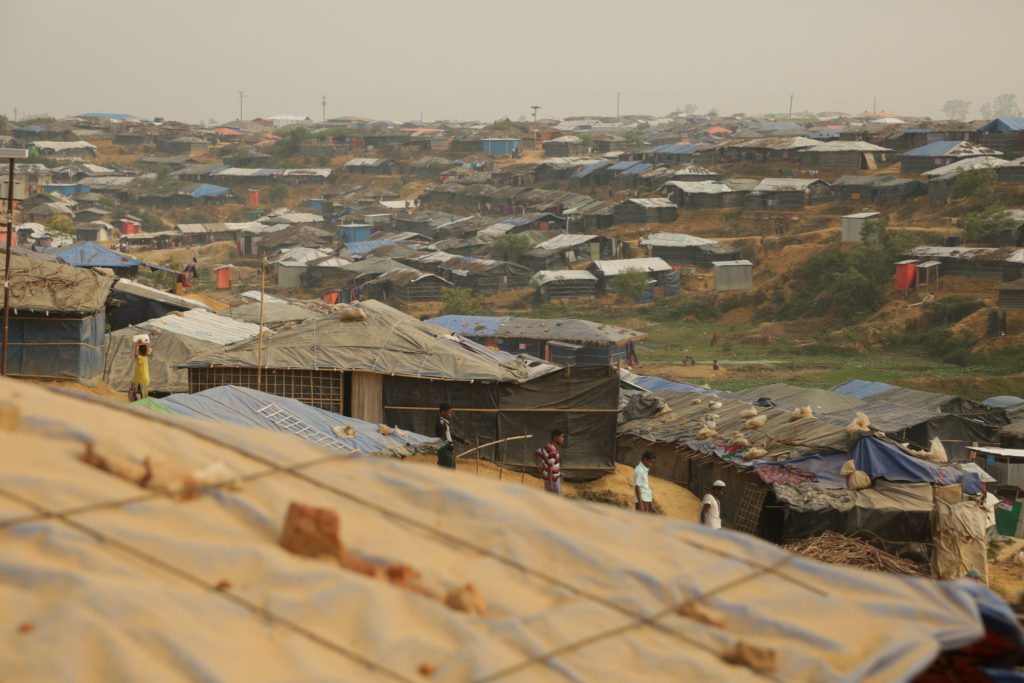
https://flic.kr/p/ZMLtUN
Also, there are dramatically disparate political wills to intervene among ASEAN members: for example, the Philippine position is strongly against intervention and has focused its 2017 chairmanship of ASEAN on security rather than human rights, while the Malaysian government has a clear domestic interest in favour of intervention. Malaysian Prime Minister Najib Razak has gone so far as to conscientiously use the term ‘genocide’ – the legal import of which is heaviest in the current international legal regime – to describe the plight of the Rohingya, in part so as to woo the Muslim vote ahead of the August 2018 general elections. Nevertheless, no ASEAN member-state can surmount the primacy and inviolability of non-interference in the organization; this also accounts for the group’s lack of response to the crisis.
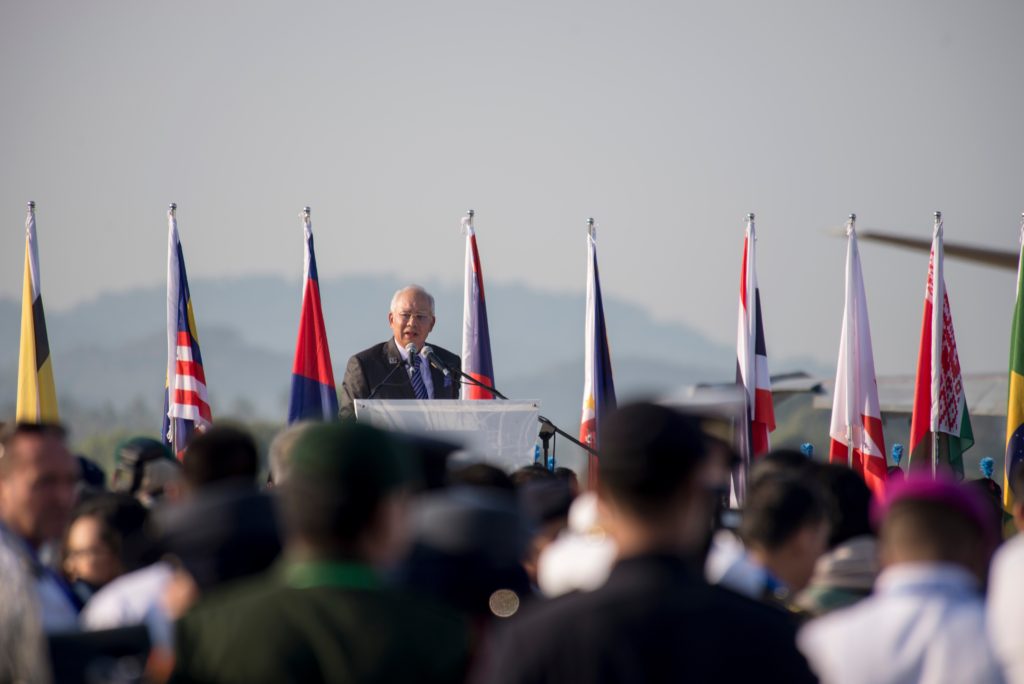
It may be useful to compare ASEAN’s response (or lack thereof) to the current Rohingya crisis and ASEAN’s response to the post-1975 Vietnamese refugee crisis. In 1979, ASEAN brokered a comprehensive plan of action in response to the Indochinese crisis, whereby ASEAN nations served as temporary hosts to refugees before their transfer to Western third parties such as Australia and Canada. Most significant in explaining the drastic difference between ASEAN’s involvement in 1979 and its silence today is the fact that Vietnam was not an ASEAN member during the Indochinese refugee crisis, while Myanmar has been a member of the organization since 1997. Indeed, ASEAN’s foundational principle of non-interference could not stand in the way of the organization’s active involvement in 1979, and members did not have to consider the implications of precedent-setting behaviour. Also important are the different international responses to the crisis: while in 1979, the West stepped in with the explicit objective of relieving ASEAN members, Western commitments are today much less extensive. Without guarantees for refugees’ transfer and permanent settlement in Western third party states, Southeast Asian nations feel population influxes as large as in 1979 can no longer be tolerated today.
As Alexandre Pelletier demonstrated, “the current situation [in northern Rakhine state] is a test to ASEAN’s capacity to act as a community and to respect its human rights engagements.” The crisis also holds the potential to increasingly pit ASEAN members against each other. There is thus ground to believe that the Rohingya crisis will have critical consequences for ASEAN’s next 50 years.
The Next 50 Years Ahead
As could have been expected, the conference’s panelists and audience seemed to regroup around two diverging apprehensions of ASEAN’s achievements. On one hand, diplomats and foreign service interlocutors preferred to emphasize the successes of the organization in promoting peace, stability, and prosperity for its members, although they acknowledged potential shortcomings. As Jeffrey P. Salik (Consul and Second Secretary, Philippine Embassy in Ottawa) put it, ASEAN’s foundation upon consensus and non-interference is imperfect, and cannot be expected to efficiently respond to regional issues at all times. Benjamin Sukanjanajtee (Minister Counselor and Head of Chancery, Royal Thai Embassy) similarly commented: “ASEAN helps its ten countries to progress, develop, and make a difference in the world. But it will not allow them to solve every issue immediately at the right time.”
On the other hand, academics and scholars of the region preferred to emphasize the distributional implications of ASEAN’s principles and policies, particularly so in the light of the organization’s response (or lack thereof) to the Rohingya crisis. “We should interrogate what is ASEAN’s benefit for those who are repressed, for ethnic minorities, beyond being a forum for elites,” declared Professor Erik M. Kuhonta. Alexandre Pelletier concluded by stating that, as long as ASEAN lacks a concrete platform for member-states to discuss forced migration and its implications, the organization will remain unable to address human rights crises such as the Rohingya crisis currently unfolding in Myanmar.
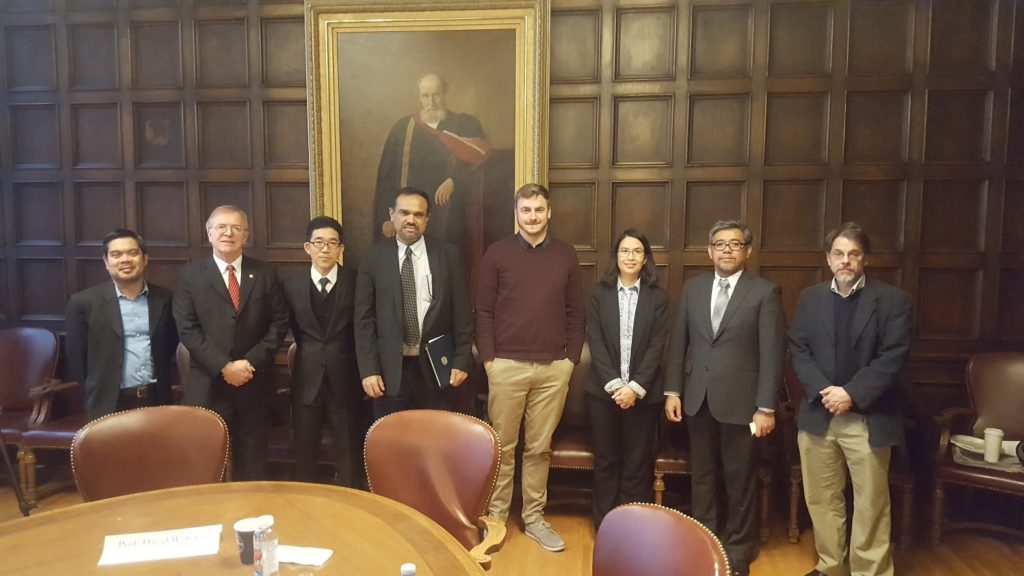
Not all hope is lost, however. Diplomats and academics agreed with Professor T.V. Paul when he optimistically concluded: “ASEAN now has an opportunity to use its own values, such as Malaysia’s consociationalism, to address its minority problem.” As Jeffrey P. Salik emphasized, two of the six thematic priorities of the Philippines’s 2017 chairmanship of ASEAN point towards this direction, by focusing on an increasingly people-centred ASEAN and inclusive growth. The next 50 years will tell us whether this potential can be fulfilled.
Edited by Benjamin Aloi
